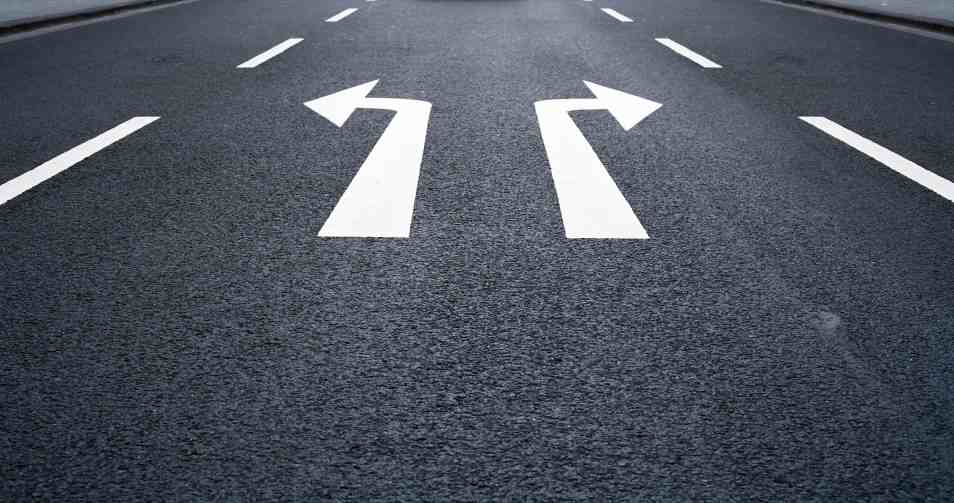If France can brag that they have the healthiest health care system, Japan can brag that they have the healthiest people. At a life expectancy of 82 years, the Japanese live the longest and have four full years of life on us Americans. Some people may think it’s because of their diet full of fish and low on fried foods but it could be that the Japanese have their hands-on government to thank.
First of all, even if the traditional Japanese diet is lower in fat and sugar than a lot of countries around the world, the Japanese government doesn’t care. They will still make you take nutrition classes if your waistline is over a certain amount of inches because of the Waistline Law. To Americans this may seem strange because the United States has more than three times the amount of obese people. Bloomberg and public health officers are green with envy — they can’t even ban large sodas.
In addition to the government’s heavy hand in public health, they also control most of private health matters. Every two years the Ministry of Health sets the prices for all health care services. Hospital stays cost roughly $10 a night whereas it runs in the thousands for a U.S. patient. Doctors may get paid way less, but they also don’t have to pay for medical school and their malpractice insurance for the whole year is less than what doctors here pay in a month.
Although the Japanese government severely controls prices, the patients have all the freedom of choice. They don’t need a referral to see a specialist and they can see any doctor they please — there’s no in or out of network for insurance. And the Japanese are taking advantage of this freedom too. They see a doctor about three times more than Americans do.
Good for them, as the Japanese will always have health insurance and it doesn’t cost that much either. That’s because all health insurance companies in Japan are not-for-profit and if the company comes in the black one year, they subtract it from your premiums the next. Most Japanese people get health insurance through their employer, which helps pays for the already low-cost premium, or through the government.
So how does our reformed health system compare? Well, soon all Americans will have the opportunity to have health insurance. Though people are grumbling about a rumored increase in insurance premiums, all insurance companies must run them by the government first. And a lot of the speculations of high cost premiums don’t take into account the subsidies for people up to 400% of the Federal Poverty Level (roughly $45,000/yr). For a more realistic estimate of what insurance will cost in the exchanges, Washington D.C. recently released proposed rates. But as far as the other highlights of Japan’s health care system, particularly public health measures and cost control, it’s not looking too good. It would help if states would consider expanding Medicaid to include people making up to 133% the poverty level but so far only 23 states have taken that step.
Perhaps we don’t want our government policing our waistlines, but when it comes to providing a low-cost, equitable healthcare system for all, Japan is, quite literally, years ahead of us.


Great post, Leanne!
Lovin’ the magical medical mystery tour!